|
Product Information |
|
Product name |
Oxytocin Acetate |
|
CAS No. |
50-56-6 |
|
Molecular Formula |
C43H66N12O12S2 |
|
Molecular Weight |
1007.33 |
|
Molecule Structure |
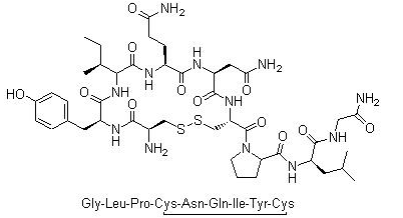 |
|
Quality Standard |
98% up by HPLC, USP/EP, CEP |
|
Appearance |
White powder |
|
COA of Oxytocin Acetate |
Items |
Specification |
Results |
|
Appearance |
White powder |
Conforms |
|
Solubility |
Soluble in water or 1% acetic acid at a concentration of ≥1mg/ml to give a clear, colorless solution |
Conforms |
|
Identity by HPLC |
The retention is same with the reference substance |
Conforms |
|
Amino acid composition |
gly:0.85~1.10 pro:0.85~1.10 leu:0.85~1.10 cys:1.65~2.20 asn:0.85~1.10 gln:0.85~1.10 ile:0.85~1.10 tyr:0.85~1.10 |
1.02 1.06 1.01 1.88 0.96 1.01 0.99 1.02 |
|
pH |
3.0~6.0 |
5.16 |
|
Specific optical rotation |
c=1,1%hac |
-21.2° |
|
Purity |
≥98.0% |
99.12% |
|
Related substance(by hplc) |
total impurities(%)≤2.0% largest single impurity(%)≤1.0% |
0.88% 0.55% |
|
Acetate content(by hplc) |
≤12.0% |
6.7% |
|
Water |
≤8% |
5.7% |
|
Peptide content (n%) |
≥80.0% |
87.6% |
|
Bacterial endotoxins |
≤70iu/mg |
Conforms |
|
Residual organic solvents |
acetonitrile ≤0.041%(by gc) dmf ≤0.088%(by gc) meoh ≤0.3% (by gc) tfa ≤0.1% (by hplc) dcm ≤0.06% (by gc) mecn ≤0.041% (by gc) |
Conforms |
|
Assay |
95%~105% |
99.3% |
|
Conclusion |
Complies with the standard. |
|
|
Usage |
Function of Oxytocin Acetate
Oxytocin acetate is a peptide hormone, secreted by the posterior pituitary gland, synthesized by the paraventricular nucleus and supraoptic nucleus of the hypothalamus, composed of 9 amino acids, and transported to the neurohypophysis at a rate of 2 mm to 3 mm per day freed. The cysteine (Cys) residues at positions "1" and "6" form a 6-peptide ring structure in the form of disulfide bonds.
(1) Effect on mammary glands: The breast during lactation continuously secretes milk under the action of prolactin, which is stored in the acinar glands of the breast. Oxytocin can shrink the myoepithelial-like cells around the breast acinar, and promote the breast milk with the lactating function.
(2) The effect on the uterus: Oxytocin has a strong effect on promoting the contraction of the uterus, but the pregnant uterus is more sensitive. Estrogen can increase the sensitivity of the uterus to oxytocin, while progesterone does the opposite.


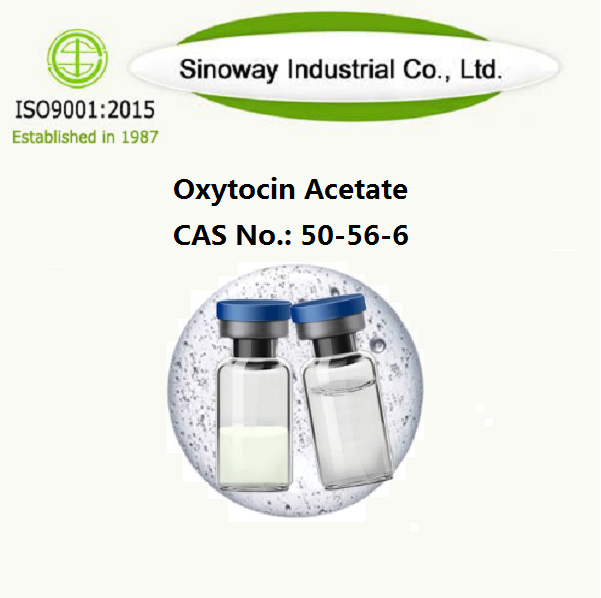
 Gold supplier
Gold supplier
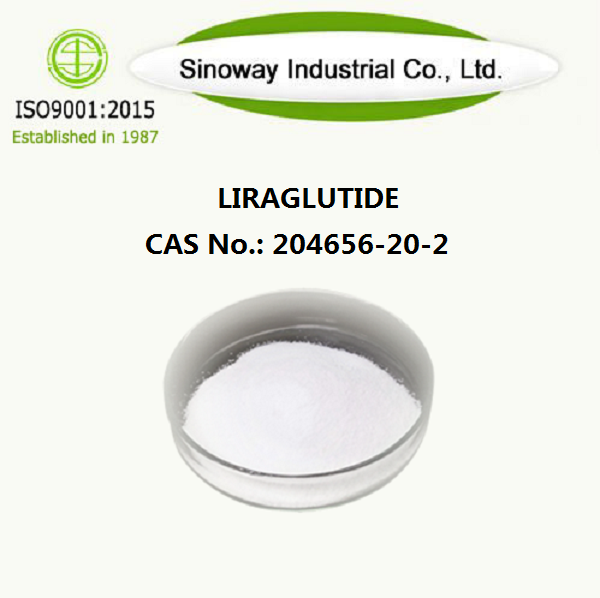
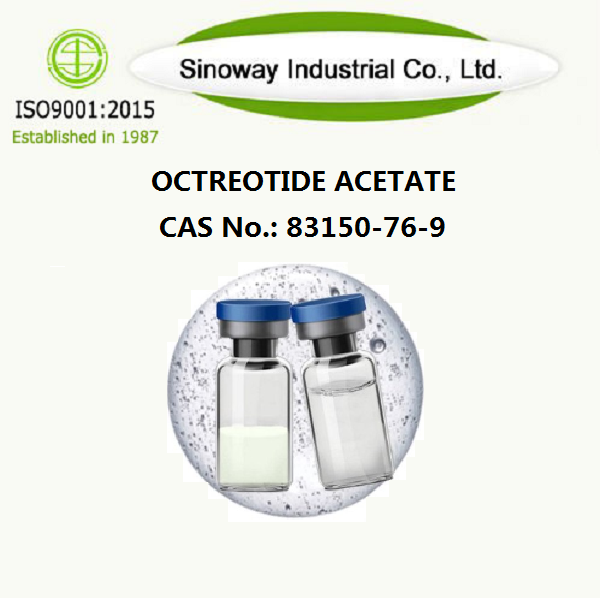
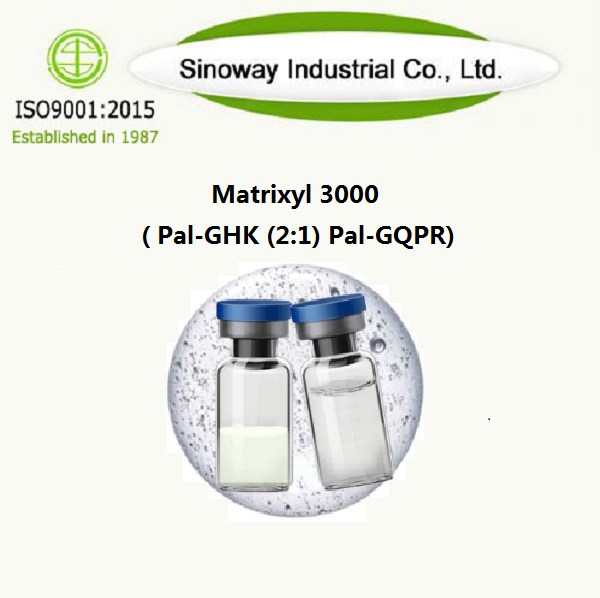
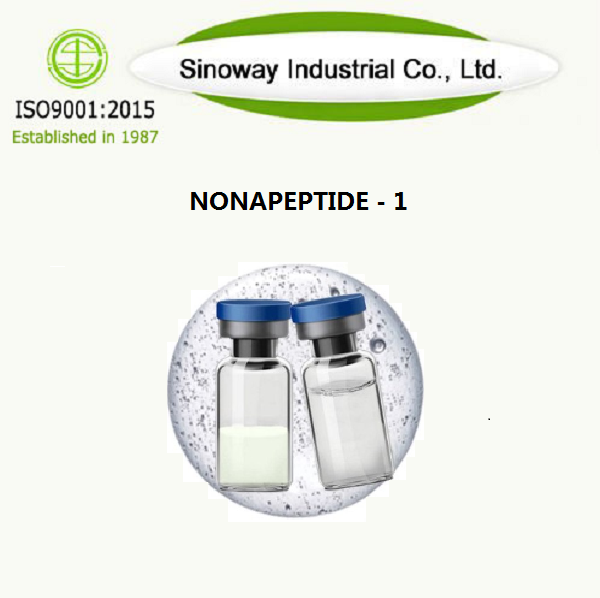
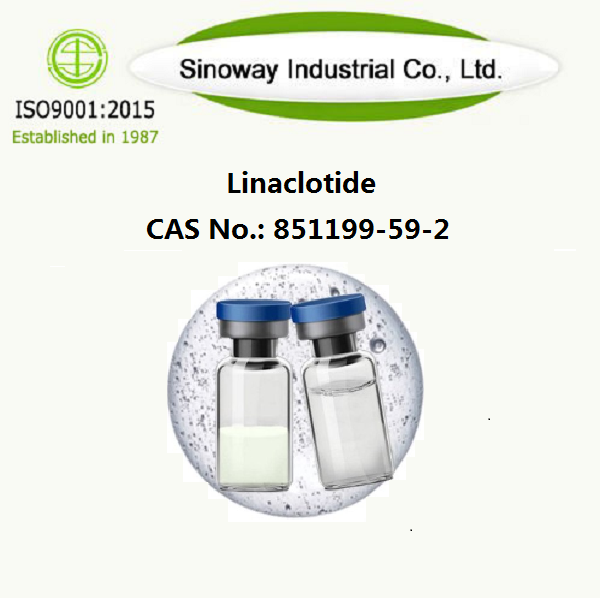




 Facebook
Facebook  Twitter
Twitter  Linkedin
Linkedin  YouTube
YouTube  Blogger
Blogger  Instagram
Instagram 
















